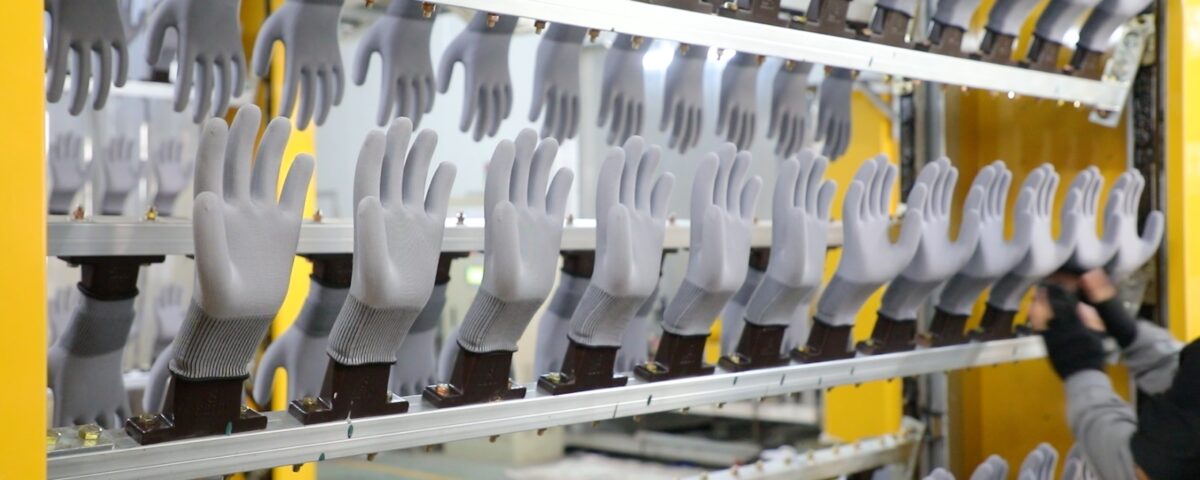In the realm of personal protective equipment (PPE), PVC gloves have emerged as a popular and versatile choice. These gloves are made from polyvinyl chloride, a synthetic plastic polymer. The manufacturing process involves melting the PVC resin and shaping it into the form of gloves through techniques such as dipping.
One of the key advantages of PVC gloves is their cost – effectiveness. Compared to gloves made from natural rubber or nitrile, PVC gloves are often more affordable, making them an attractive option for a wide range of applications where cost is a significant factor. They are also latex – free, which is a major benefit for those with latex allergies. This allergy – free characteristic has expanded their use in medical facilities, food handling, and other sensitive environments.
In terms of performance, PVC gloves offer good chemical resistance. They can withstand exposure to a variety of mild chemicals, acids, and alkalis to a certain extent. This property makes them suitable for use in laboratories, where workers may come into contact with such substances during experiments. However, their chemical resistance is not as robust as that of some high – end nitrile gloves.
In the medical field, PVC gloves play a crucial role. They are used during routine medical examinations, dental procedures, and in hospitals for non – invasive tasks. Their disposable nature helps prevent cross – contamination between patients and healthcare providers. In food service, PVC gloves are widely used by food handlers to ensure food safety. They provide a barrier against contaminants on the hands, while also allowing for a certain degree of dexterity, which is essential for tasks such as food preparation and serving.
In comparison with nitrile gloves, PVC gloves are generally thinner and may not offer the same level of puncture resistance. Nitrile gloves are known for their excellent strength and durability, but they are also more expensive. PVC gloves, on the other hand, provide a balance between cost and functionality, making them suitable for many low – risk and medium – risk applications.
In conclusion, PVC gloves have carved out a significant niche in the PPE market. Their cost – effectiveness, latex – free composition, and decent performance in various areas make them a staple in industries such as healthcare, food service, and light industrial work. As technology advances, we can expect further improvements in the quality and performance of PVC gloves, further expanding their applications.


